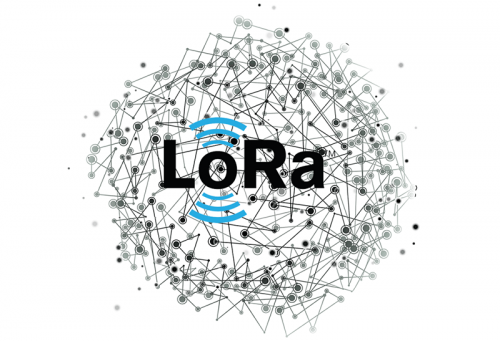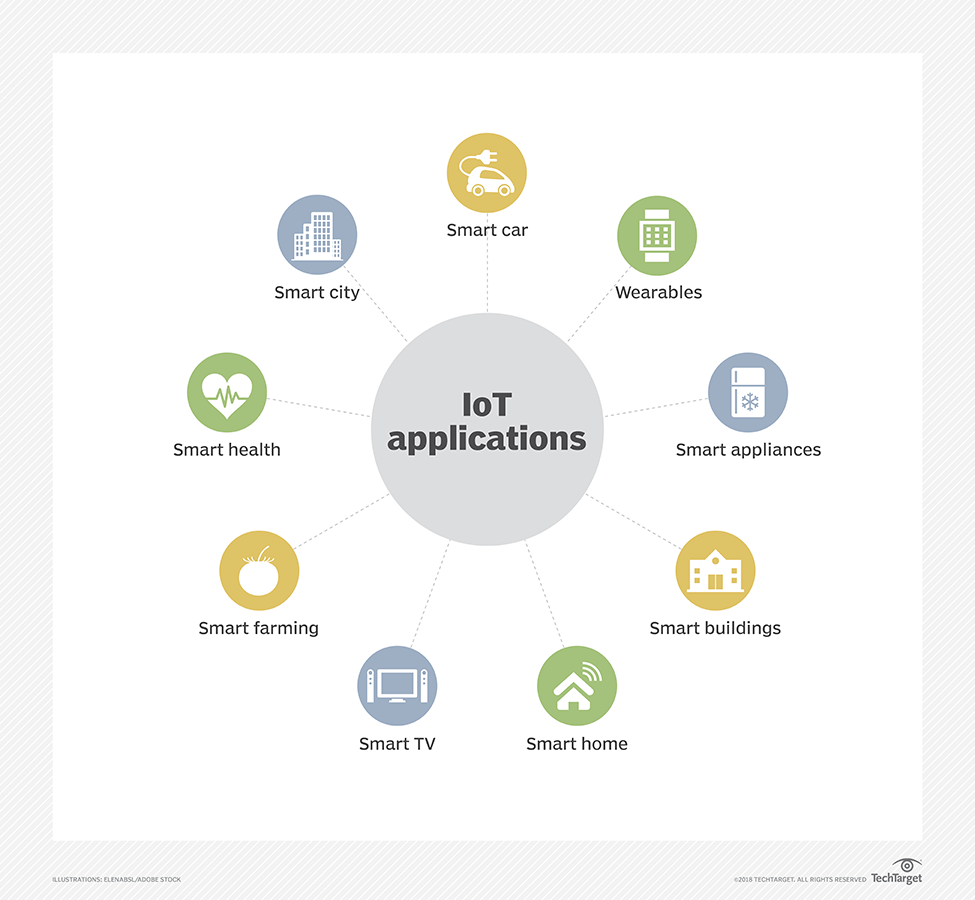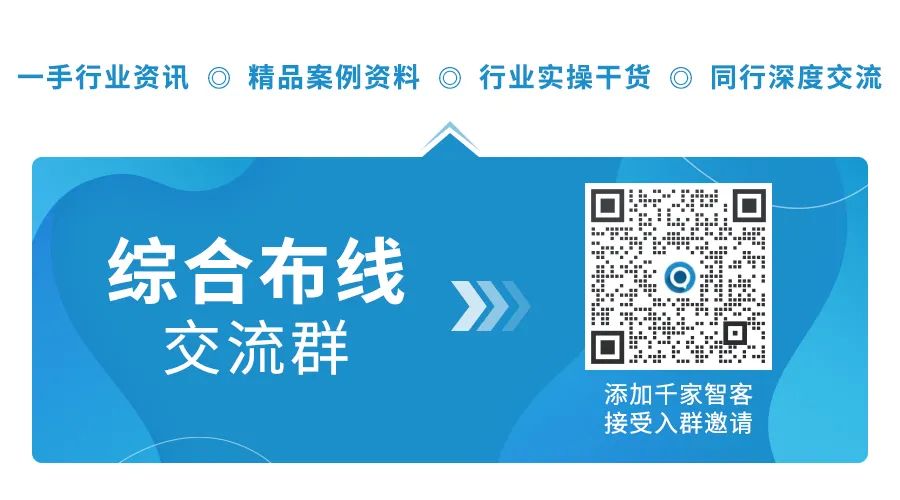
LoRa or Long Range is a proprietary, low-power, and long-range wireless technology that uses unlicensed radio spectrum—similar to how Wi-Fi uses the unlicensed 2.4 GHz and 5 GHz frequencies. The exact frequency used by LoRa depends on the physical location of the deployment. For instance, LoRa operates in the 915 MHz band in North America and the 868 MHz band in Europe. Therefore, it is crucial to understand the frequencies that can be legally used at each LoRa deployment location. In terms of range, LoRa can communicate up to 10 kilometers under optimal line-of-sight conditions. LoRa technology is owned by semiconductor supplier Semtech. Although LoRa has been around for some time, LoRa chipsets have only recently developed to consume less power. These advancements make LoRa an ideal choice for widely distributed, battery-powered IoT devices that send small amounts of data at a maximum speed of 27 Kbps. Common examples of LoRa deployments include asset tracking, smart meters, detection devices, smart parking, and agricultural field monitoring. From a networking perspective, LoRa only creates a physical layer method for wireless transmission, such as transceiver chips. This means it lacks a proper network protocol to manage the traffic of data collection and endpoint device management. This is where Long Range WAN (or LoRaWAN) comes into play.
 LoRa and LoRaWAN support various IoT use cases, such as smart meters and smart agriculture.
LoRa and LoRaWAN support various IoT use cases, such as smart meters and smart agriculture.
LoRaWAN is an open, cloud-based protocol—designed and maintained by the LoRa Alliance—that enables devices to communicate wirelessly using LoRa. Essentially, LoRaWAN takes LoRa wireless technology and adds networking components, while also incorporating node authentication and data encryption to ensure security.From the perspective of enterprise IT deployments, LoRaWAN networks are well-suited for IoT devices that can continuously monitor the state of something and then trigger alerts to the gateway when the monitored data exceeds a specified threshold. These types of IoT devices require minimal bandwidth and can be powered by batteries for months or even years.
